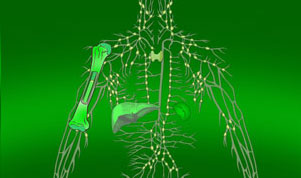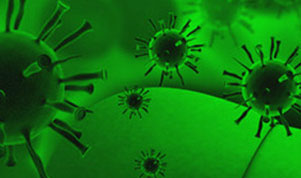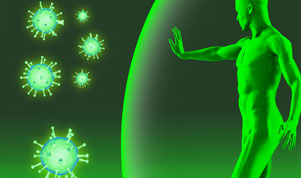Cases of children presenting to emergency departments for asthma exacerbations in major Canadian cities were reviewed during 3 weeks of September 2001. Microbiology of the nasal mucosa using PCR* was used with specific identification of human rhinoviruses, adenoviruses, influenza A and B viruses, parainfluenza 1 to 3, coronaviruses 229E and OC43, RS A and B viruses and Chlamydia pneumoniae and Mycoplasma pneumoniae. The results are shown in the figure above.
* PCR ang. polymerase chain reaction technique – it is the most sensitive diagnostic microbiological test that allows the detection of DNA or RNA of a virus, bacteria or other organism. This highly sensitive analytical method uses advanced molecular biology techniques.
WHY DOES BACK TO SCHOOL CONTRIBUTE TO THE EPIDEMIC?
Children who return to school after the summer holidays are at risk of viral infections, most commonly rhinoviruses, after they have not been exposed to them for many weeks. Late summer is a time of high levels of environmental allergens and they are common in the school environment. Back to school is also a time of high stress, which can worsen asthma symptoms in children. Viral infection is a direct trigger of asthma exacerbations, it is probably the combination of all these factors that is the cause of the September epidemic.
The seasonality of rhinovirus infections at the end of summer and beginning of autumn must have some variability over time. One should therefore expect some volatility during the September epidemics. However, the peak in the number of hospitalizations in the 13 years of observation of the authors invariably occurred within 3 weeks of starting school, suggesting that starting school is per se a necessary condition for accelerating the transmission of rhinovirus infections to the epidemic level. This hypothesis is supported by data from those countries where school starts on a different date. For most children in Canada and England, school usually starts after the summer break on September 1. In Scotland and Sweden, school usually starts in the 3rd week of August. The greatest peak in hospital admissions for an asthma exacerbation in all these 4 countries occurs exactly 3 weeks after returning to school, regardless of the variation in the timing of summer holidays, as graphically depicted in the figure below.
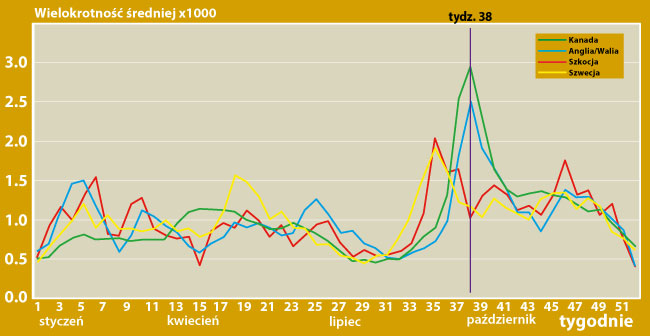
Figure: Number of hospitalizations, presented as a multiple of the average, broken down by individual weeks during the year, in selected countries.
HOW CAN WE PROTECT OUR CHILDREN?
Phytomedica offers a proven preparation that strengthens the immunity of both children and adolescents as well as adults. It is Immulina in the form of a tasty syrup for small children or people who have trouble swallowing capsules and in the form of capsules for adolescents and adults.
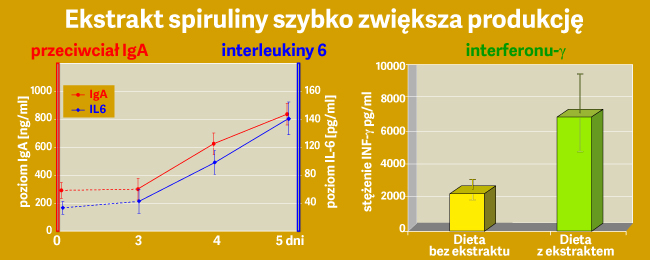
Figure: Consumption of preparations providing a special extract of Spirulina platensis within a few days triggers various mechanisms of non-specific immunity.
Studies have confirmed that the active ingredient of both preparations - a special extract of Spirulina platensis (LECPEEN) activates the mechanisms of innate immunity. Immunity that does not threaten to trigger chronic immune processes. The improvement of immunity occurs quickly, because within a few days (4 - 5 days) from the start of the treatment. This is manifested by an increase in the production of protective antibodies for the mucous membranes (IgA), an increase in the production of proteins (cytokines, especially IL-6) involved in the immune processes and stimulates a number of other substances (lymphokines, IFN-γ) and stimulates the cells of the immune system (m among others NK lymphocytes).
Conclusion:
it is worth strengthening children's immunity from the beginning of September!
REFERENCES
- Sears MR, Johnston NW, Understanding the September asthma epidemic. J.Allergy Clin.Immunol. 2007; 120: 526-9.
- Johnston NW, Johnston SL et al. The September epidemic of asthma exacerbation in children, search for etiology. J.Allergy Clin.Immunol. 2005; 112: 132-8.
- Johnston NW and Sears MR, The epidemiology of asthma exacerbations. Thorax 2006; 61: 722-8.
- Johnston NW, Johnston SL, et al The September epidemic of asthma hospitalization: School children as disease vectors. J Allergy Clin.Immunol.2006;117:557-62.



